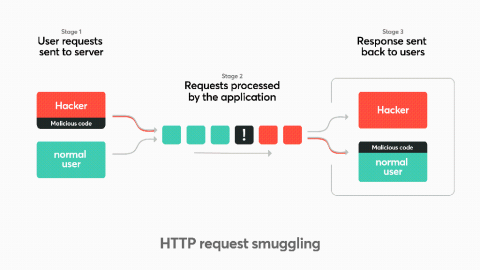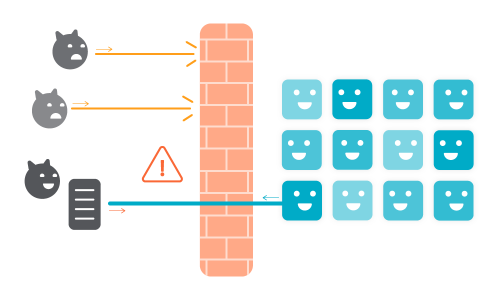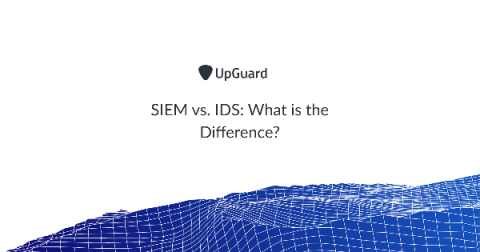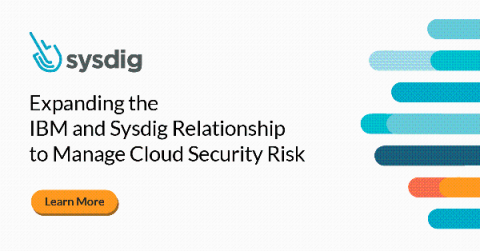How to Recover from API Downtimes and Errors
APIs are stable, until they aren’t. We talk about that often at Bearer. If you control the APIs, it gets easier, but with third-party APIs and integrations it can be more difficult to predict when an outage or incident is about to happen.











